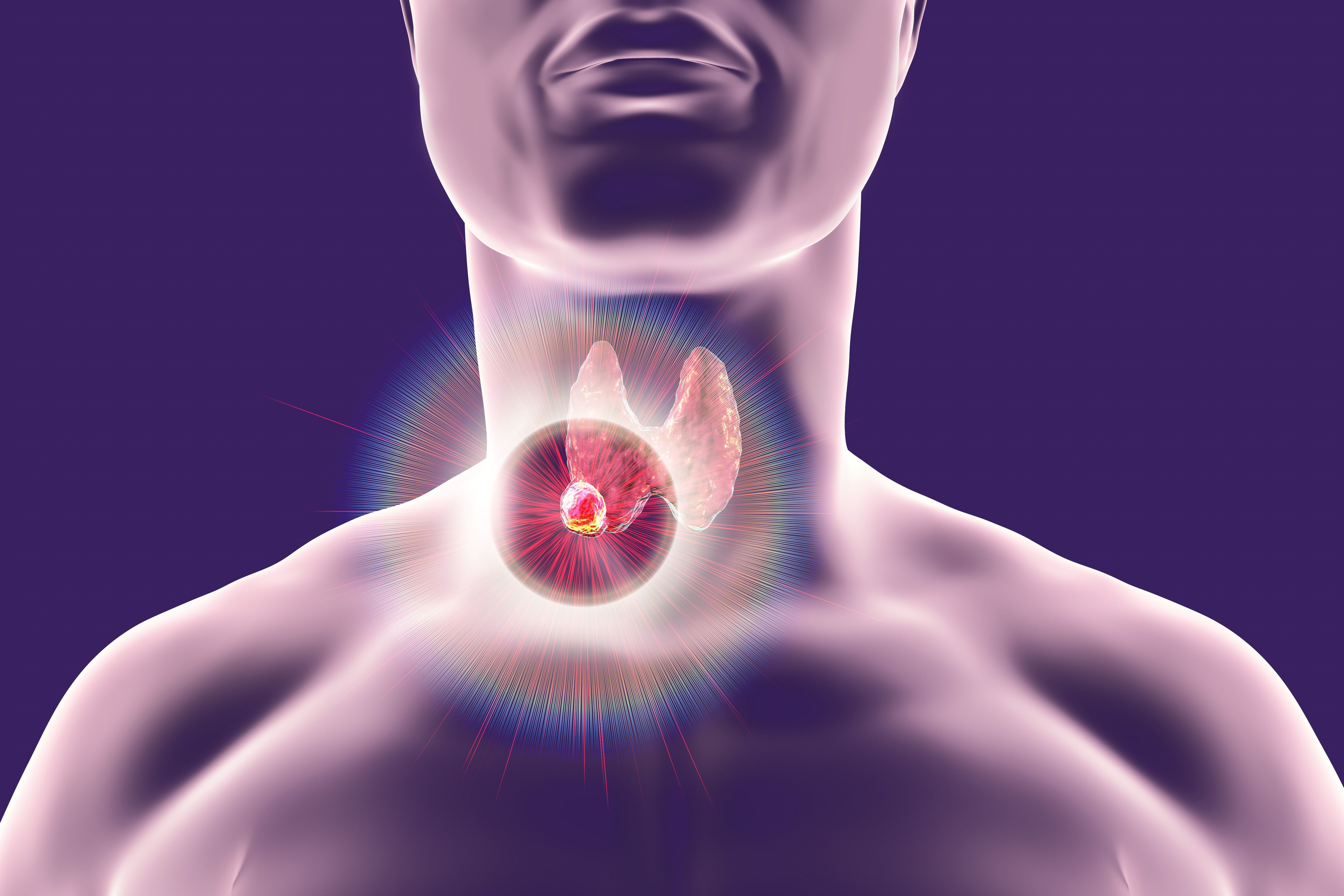Increased Hemithyroidectomy Use in Thyroid Cancer Not Linked With ATA Guidelines
Focused cancer centers increased hemithyroidectomy 2 years prior to the release of the newest American Thyroid Association guidelines. However, only community cancer program hospitals began to increase hemithyroidectomy utilization following release of guidelines.

While hemithyroidectomy utilization among patients with papillary thyroid carcinomas (PTC) and follicular thyroid cancer (FTC) tumors 1-4cm significantly increased after the release of the 2015 American Thyroid Association guideline, it does not appear to be the reason for change in most hospitals, according to findings presented at the International Society for Pharmacoeconomics and Outcomes Research (iSPOR) 2022.
The presentation was given by Qing Hao, PhD, and found that focused cancer centers increased hemithyroidectomy 2 years prior to the release of the guidelines. However, only community cancer program hospitals began to increase hemithyroidectomy utilization following release of guidelines.
The American Thyroid Association guidelines recommended hemithyroidectomy as the initial treatment for 1-4 cm primary thyroid cancers in January 2016. In this study presented at iSPOR, experts evaluated the association between the guideline release and initial surgical procedures for patients with PTC and FTC tumors.
Within the trial, patients with PTC and FTC tumors that were 1-4 cm in length and who underwent hemithyroidectomy or total thyroidectomy were identified from the 2009-2018 National Cancer Database.
To avoid bias from the evidence regarding hemithyroidectomy benefits prior to the guideline release, 2009-2011 was used as a baseline, and estimated hemithyroidectomy utilization in the following years with 2016-2018 considered to be the time post-guideline.
Experts used a linear probability model to evaluate the trends in hemithyroidectomy over time. This model also worked to adjust for patient, disease, and hospital characteristics. A stratified analysis was also conducted by adding the interaction between year and hospital type, including community cancer programs, comprehensive community cancer programs, academic and research programs, and integrated network cancer programs.
A total of 69,455 patients were included in the final study cohort. Of these patients, 11.34% received hemithyroidectomy while 88.66% received total thyroidectomy. Those aged 18-39 made up 29.2% of the patient population while 22% were 40-49, 22.7% were 50-59, and 26.1% were 60 years of age and older. Females made up most of those in the study at 76.8% and a majority of the patients were White (85.3%), had a Charlson Deyo score of 0 (83.4%), had private insurance or managed care (70.6%), and had a negative margin status (87.8%).
Most patients enrolled had PTC compared with FTC (94.6% vs 5.7%), and 61.2% had a tumor size of 1.1-2, 28.1% had a tumor size of 2.1-3, and 10.7% had a tumor size of 3.1-3.9.
Between 2012-2015, it was shown that hemithyroidectomy utilization did not significantly change and was relative to the 2009-2011 baseline. However, after the guidelines were released, hemithyroidectomy utilization increased significantly, specifically in 2016 (1.2%, P =0.004), 2017 (3.5%, P <0.0001), and 2018 (7.2%, P <0.0001).
There were significant differences in the timing of the shift to hemithyroidectomy by hospital type, and hemithyroidectomy utilization was shown to significantly increase in 2014 for academic and research programs (P <0.0001) and integrated network cancer programs (P <0.0001), in 2015 for comprehensive community cancer programs (P <0.0001), and in 2016 for community cancer programs (P <0.0001).
Reference:
Hao Q, Segel JE, Hollenbeak CS. HSD41 2015 American Thyroid Association Guidelines and Outcomes for Patients with Thyroid Cancer. Presented at: 2022 International Society for Pharmacoeconomics and Outcomes Research; May 15-18, 2022. Washington, DC.
Anticipating Novel Options for the RAI-Refractory DTC Armamentarium
May 15th 2023In season 4, episode 6 of Targeted Talks, Warren Swegal, MD, takes a multidisciplinary look at the RAI-refractory differentiated thyroid cancer treatment landscape, including the research behind 2 promising systemic therapy options.
Listen
No Improvement With Durvalumab vs Cetuximab in Advanced HNSCC
January 9th 2025The NRG-HN004 trial showed that durvalumab did not improve outcomes vs cetuximab in locoregionally advanced head and neck squamous cell carcinoma undergoing radiotherapy with contraindications to cisplatin, leading to early trial closure.
Read More